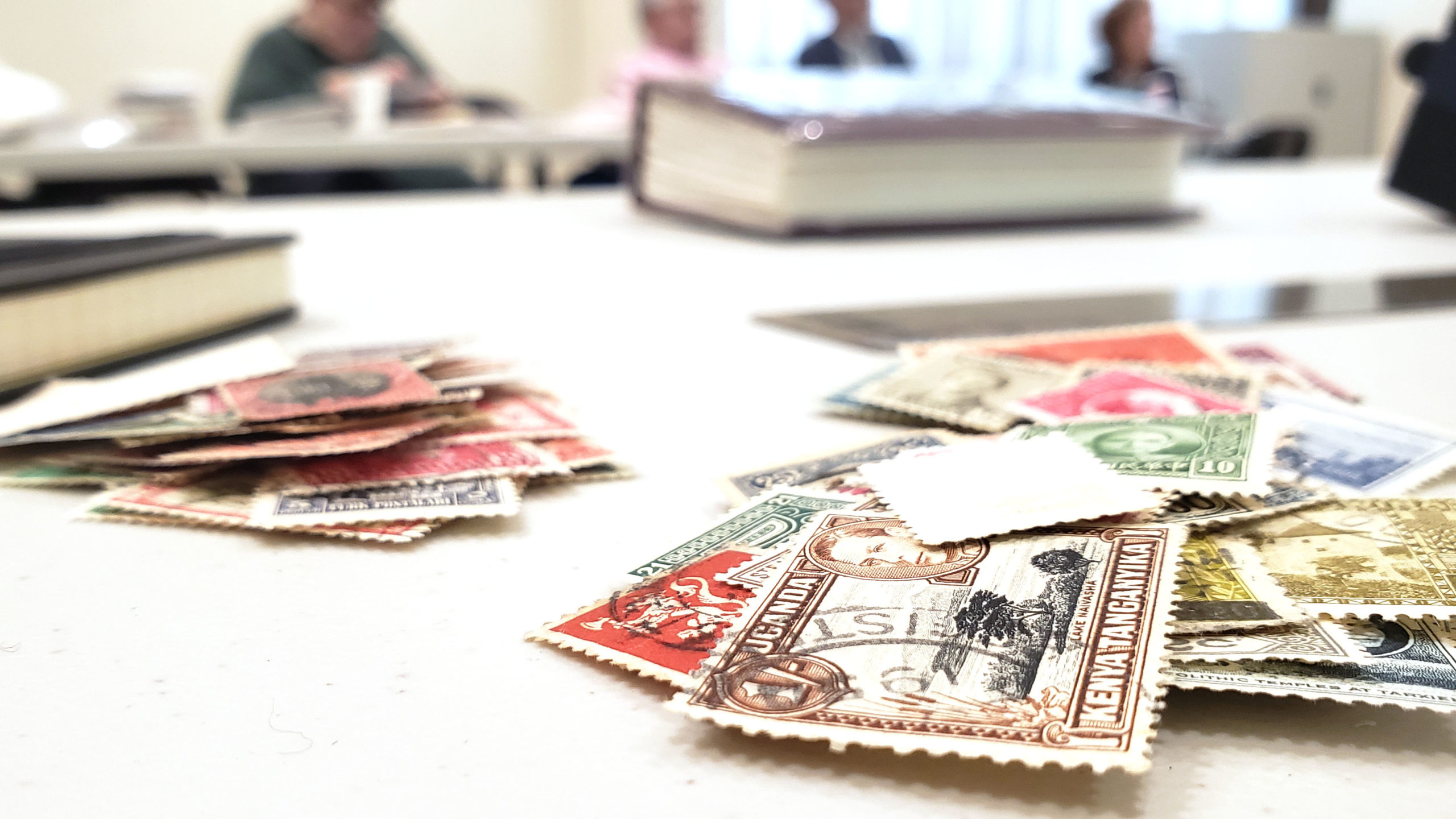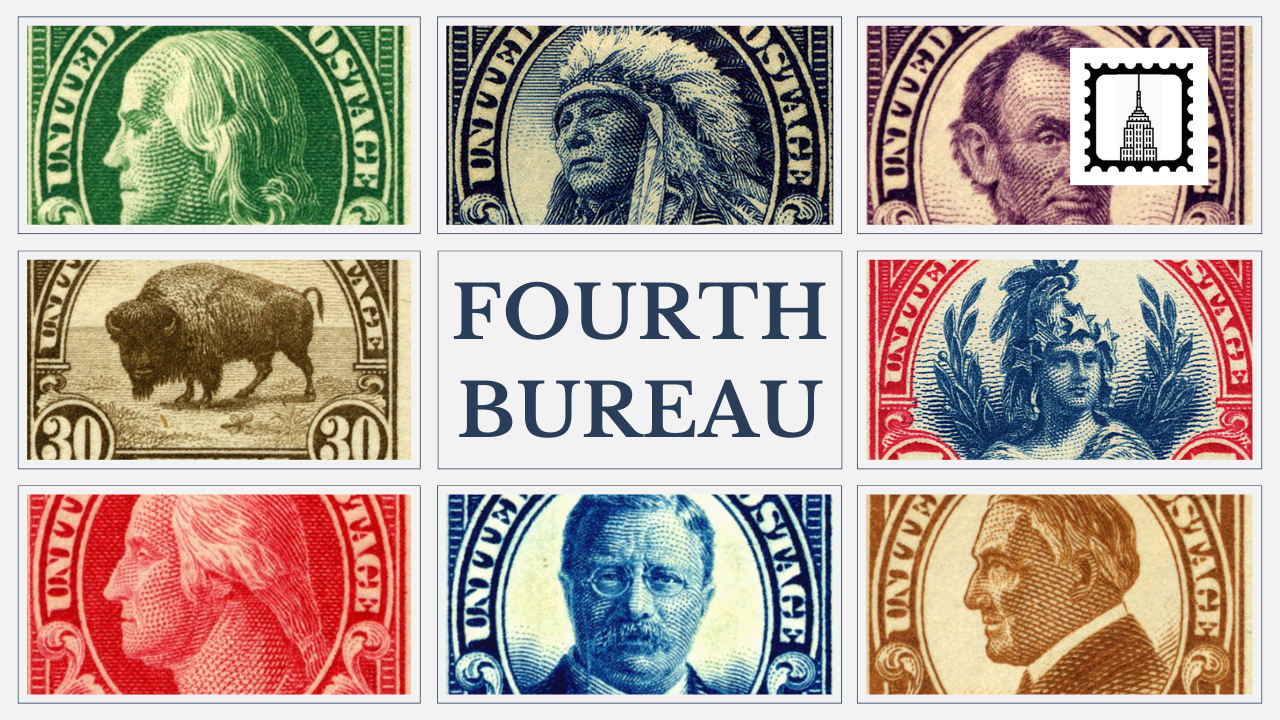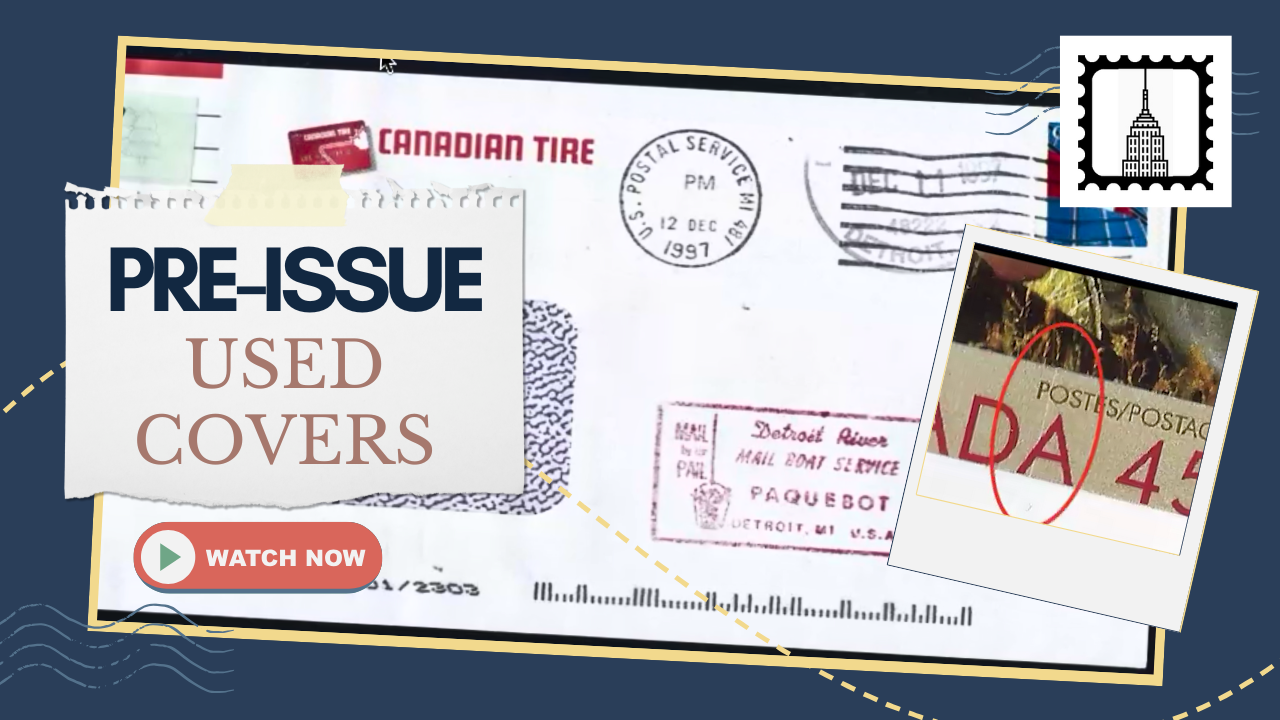Ever wondered what happens when a letter faces disaster? From plane crashes to shipwrecks, these pieces of mail have survived extraordinary circumstances and provide a unique lens into history. In this video presentation by Arnie Janson on this intriguing topic, particularly focusing on interrupted mail in Canada.
What is Interrupted Mail?
Interrupted mail refers to any postal item that was delayed, damaged, or lost due to unexpected events during transit. Historically, these disruptions have been categorized under different names, such as “crash covers” for airplane-related incidents. Today, however, interruptions from train fires, shipwrecks, or even postal service suspensions all fall under the broader term of interrupted mail.
The TCA Crash of 1954: A Prime Example
One of the most famous examples of interrupted mail in Canadian history is the crash cover from the 1954 Trans-Canada Airlines (TCA) crash near Moose Jaw, Saskatchewan. The tragedy occurred when a TCA propeller plane was clipped midair by a Royal Canadian Air Force (RCAF) Harvard training aircraft. Both planes crashed, killing all 35 people on board, as well as a woman on the ground. Among the debris were letters destined for various locations, many of which were salvaged in damaged condition.
Janson showcased one of these partially burned crash covers, noting the significance of its postal markings. On the back of the cover is a distinctive postmark from a district post office inspector, making it an even rarer piece for collectors. This specific mail item was accompanied by an apology letter acknowledging the damage and conveying regret for any inconvenience.
Regulatory Changes After the Crash
As is often the case, such tragedies led to changes in aviation regulations. Following the Moose Jaw incident, new rules required planes flying in opposite directions to maintain separate altitudes. This rule mandated odd-numbered altitudes for planes traveling from 0 to 179 degrees, while those flying between 180 and 359 degrees had to stick to even-numbered altitudes. These safety measures helped reduce the risk of mid-air collisions in the years that followed.
Other Remarkable Crash Covers
Interrupted mail covers from various other disasters have also found their way into collectors’ hands. Janson pointed out examples like the 1985 Dakota fighter plane crash and the 1955 Norseman floatplane crash, both of which carried mail that miraculously survived their respective accidents. These covers often show signs of damage—whether burned, soaked, or torn—but their existence represents a rare intersection of postal history and human tragedy.
Interrupted Mail by Shipwreck: The Empress of Ireland
In addition to crash covers, shipwreck mail is another captivating category within interrupted mail. One notable example is from the tragic sinking of the Empress of Ireland in 1914. This Canadian Pacific steamship, often dubbed “Canada’s Titanic,” sank in just 14 minutes after a collision in the foggy waters of the St. Lawrence River. Over 1,000 people perished in the disaster, but some mail aboard the ship was salvaged and later delivered, often enclosed in an ambulance cover as a way to protect the damaged letters.
Janson highlighted the vast numbers of immigrants who traveled on ships like the Empress of Ireland, contributing to Canada’s growing population at the time. These mail items provide a historical connection to the lives lost and the many who hoped to start anew in Canada.
Other Forms of Interrupted Mail
While dramatic incidents like crashes and shipwrecks often capture our attention, there are other, more mundane forms of interrupted mail as well. Temporary suspension of postal services, such as during the COVID-19 pandemic, can also lead to items being delayed or returned to sender. Janson shared an example from 2020, when mail sent to Qatar was returned due to suspended flights, only to be re-sent once services resumed.
A Closer Look at Ambulance Covers and “Dead Letters”
Interrupted mail often arrives in special packaging known as ambulance covers. These are used to enclose damaged letters and protect them during their final leg of delivery. Janson humorously suggested that if these covers could be likened to ambulances for injured mail, then perhaps another term—such as “hearse covers”—could be used for letters returned as dead mail, undeliverable and sent back to the sender.
The Collective Noun for Letters
As Janson concluded his presentation, he posed an interesting linguistic question: What is the collective noun for a group of letters? While terms like “stack” or “bundle” may come to mind, the actual collective noun is a “mail” of letters. This term has its roots in the French word “maille,” meaning mesh, which refers to the mailbag that postmen historically carried.
Conclusion
The world of interrupted mail provides an incredible way to connect with history. These covers not only tell the story of a piece of mail that was nearly lost to disaster but also serve as poignant reminders of the people and events behind the interruptions. For collectors like Arnie Janson, each damaged envelope or burned letter is a tangible link to the past, making interrupted mail one of the most unique and meaningful areas of philately.






